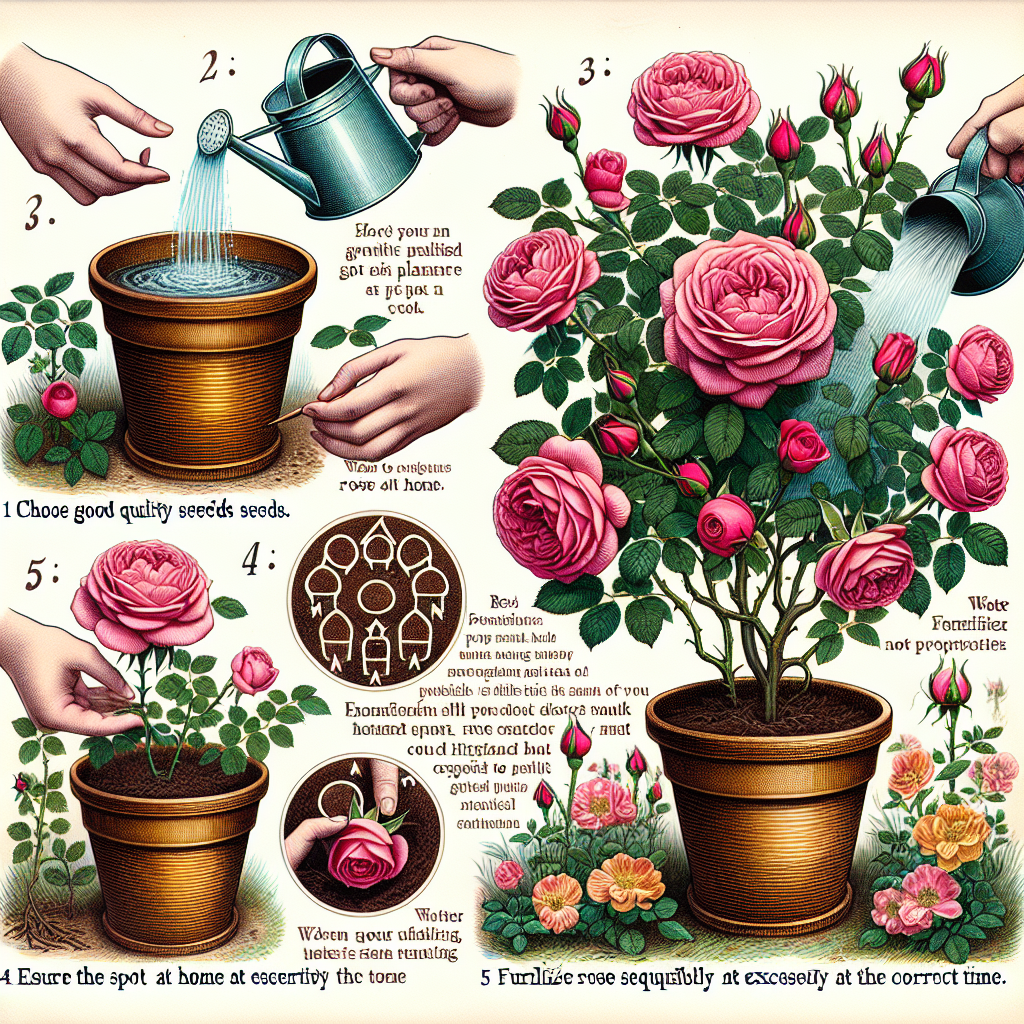Understanding Flower Diseases: Causes and Symptoms
Origins of Flower Ailments
Flower diseases can stem from a variety of causes, including fungal, bacterial, and viral pathogens. Fungal infections are the most prevalent, often thriving in moist conditions and leading to rots, mildews, and blights. Bacterial diseases typically manifest in wet environments, causing symptoms like leaf spots and wilts. Viral issues, although less common, lead to stunted growth and distorted flower shapes, often spread by insects or contaminated tools.
Recognizing Symptoms in Flowers
Key indicators of disease in flowers vary widely but are crucial for early detection and management. Fungal infections may show as powdery mildew on leaves or grey mold on blooms. Bacterial infections often exhibit as sticky, oozy residues or blackened leaf margins. Viral impacts are seen as mosaics or strange color patterns on petals and leaves. Additionally, general symptoms like unexplained wilting, stunted growth, or premature bud drop can suggest underlying health issues.
Environmental Factors Influencing Disease
The environment plays a significant role in the onset and spread of diseases among flowers. High humidity and excessive moisture are common facilitators of fungal and bacterial growth, while extreme temperature swings can weaken plants, making them more susceptible to diseases. Poor soil conditions and incorrect watering practices can also contribute to the development of unhealthy conditions that foster disease.
Fungal Infections: The Most Prevalent Threat to Flowers
Understanding Fungal Diseases
Fungal infections are among the most common afflictions that plague flowering plants, causing more than just cosmetic damage. These diseases can lead to significant impairments in plant health, affecting photosynthesis and nutrient absorption. The growth of fungi is typically favored by warm, moist environments, which unfortunately are also ideal for many types of flowers.
Identifying Common Fungal Pathogens
The most notorious offenders include powdery mildew, botrytis blight, and black spot. Powdery mildew forms a distinctive white, powdery coating on leaves and stems, weakening plants over time. Botrytis blight, or gray mold, targets the delicate tissues of flowers, leading to decay and premature death. Black spot manifests as dark, circular marks on leaves, causing them to yellow and drop prematurely, which can severely weaken the affected plant.
Strategies for Prevention and Control
To mitigate fungal infections, it’s crucial to maintain proper spacing between plants to ensure good airflow and reduce humidity around the foliage. Regular pruning of dead or infected areas also helps prevent the spread of fungi. Additionally, fungicide applications may be necessary, especially in climates where conditions are conducive to fungal growth. Choosing disease-resistant flower varieties can also greatly diminish the prevalence of these issues.
Bacterial and Viral Infections in Flowers: What You Need to Know
Identifying Symptoms of Bacterial and Viral Infections in Flowers
Bacterial and viral infections often manifest distinct symptoms that can help gardeners and floriculturists identify them early. Common signs of a bacterial infection include water-soaked spots on leaves, stems, or blooms, which may turn into black or brownish lesions as the infection progresses. A foul odor might also emit from infected areas. On the other hand, viral infections typically present with mosaic patterns of yellow and green on the leaves, stunted growth, and distorted flower shapes. It’s crucial to note these symptoms early to manage the spread and minimize damage.
Common Bacterial and Viral Pathogens Affecting Flowers
Several specific pathogens are responsible for bacterial and viral diseases in flowers. For example, Pseudomonas syringae is a well-known bacterial pathogen that causes blight in lilacs, roses, and other ornamental plants. Similarly, the Tobacco mosaic virus is a widespread viral culprit that not only affects tobacco plants but also a variety of flowering plants including petunias and impatiens, leaving behind damaged tissues and reduced vitality of the plant.
Preventative Measures and Control Strategies
Preventing bacterial and viral diseases starts with practicing good hygiene in the garden or greenhouse, such as sterilizing tools, handling plants with clean hands, and using pathogen-free planting materials. It’s advisable to remove and destroy infected plant parts immediately to prevent the spread of the disease. For bacterial infections, copper-based bactericides can be effective when used as directed on the label. Unfortunately, there are no chemical controls for viral infections, making prevention and mechanical controls (like removing affected plants) critically important.
Managing Environmental Factors to Prevent Flower Diseases
Optimizing Airflow and Sunlight Exposure
Ensuring that your garden has adequate airflow and sunlight exposure is crucial in mitigating the risk of flower diseases. Overcrowded plants can create a humid environment which facilitates the growth of fungi and other pathogens. It’s advisable to properly space your flowers according to their specific requirements, allowing for sufficient air circulation. Furthermore, plants that receive an appropriate amount of sunlight are generally healthier and more capable of warding off diseases.
Controlling Moisture Levels
Maintaining the right moisture level is essential for disease prevention in flowers. Water your plants early in the morning to allow excess moisture on the leaves to evaporate during the day, minimizing the risk of fungal infections such as powdery mildew and botrytis. Additionally, consider using drip irrigation systems to deliver water directly to the soil, avoiding foliage. Ensuring good drainage also prevents excessive water from accumulating around the roots, reducing the risk of root rot.
Utilizing Soil Management Techniques
Soil health directly impacts plant health; therefore, maintaining nutrient-rich and well-draining soil helps prevent diseases. Regularly adding organic matter like compost improves soil structure, promotes drainage, and increases beneficial microbial activity, which can help suppress harmful pathogens. Rotating flowers with different species can also prevent specific pathogens from building up in the soil, effectively breaking the cycle of disease.
Advanced Treatments and Preventative Measures for Healthy Flowers
Innovative Care Strategies for Flowers
To ensure that your flowers remain vibrant and healthy, adopting advanced care techniques is pivotal. One effective method is the use of smart watering systems that deliver the right amount of water at optimal times of the day, which prevents overwatering and under watering—a common cause of plant stress and disease. Additionally, incorporating slow-release fertilizers can provide a steady supply of essential nutrients without the risk of nutrient burn, which is common with regular fertilizers.
Implementing Cutting-Edge Disease Management
Beyond basic care, protecting flowers from diseases often involves the use of biological controls and genetic resistance. For instance, the introduction of beneficial insects or microbes that antagonize harmful pathogens can significantly reduce disease prevalence. Furthermore, selecting flower varieties that have been bred for resistance to specific diseases is a proactive way to ensure plant health. These resistant varieties can significantly diminish the occurrence of common floral diseases such as powdery mildew, rust, and botrytis.
Routine Practices and Health Monitoring
Maintaining a routine inspection schedule is crucial for early disease detection and management. Regularly checking your flowers for signs of distress, and implementing corrective measures promptly, can prevent minor issues from evolving into severe problems. Techniques such as pruning of infected areas and the removal of fallen debris that may harbor pathogens are critical. Moreover, keeping a diary of plant health and treatment efficacy can help track progress and inform future preventive measures.



